interview
KATRIN KLINK
graphic designer & illustrator
︎ Köln/Germanydecember 18, 2019
![]()
![]()
![]()
Would you please
introduce yourself a little? Where are you from? What’s your background? How did
you become interested in art, design and in particular in collage art? 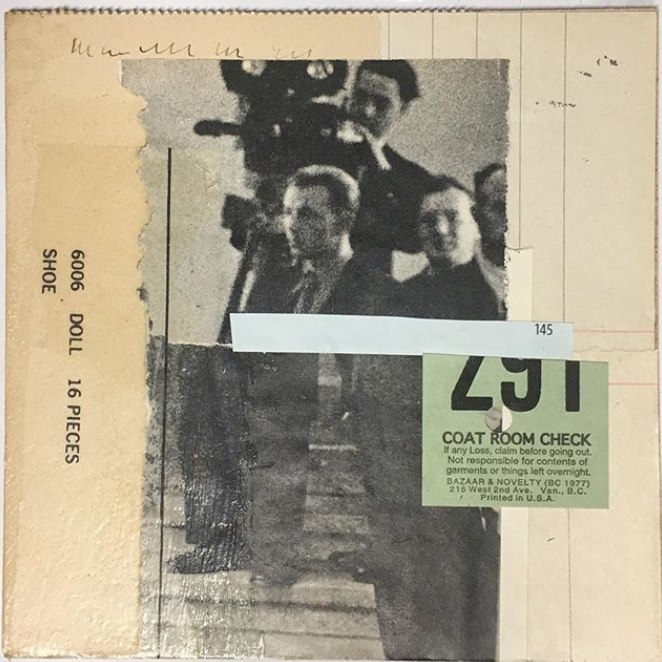

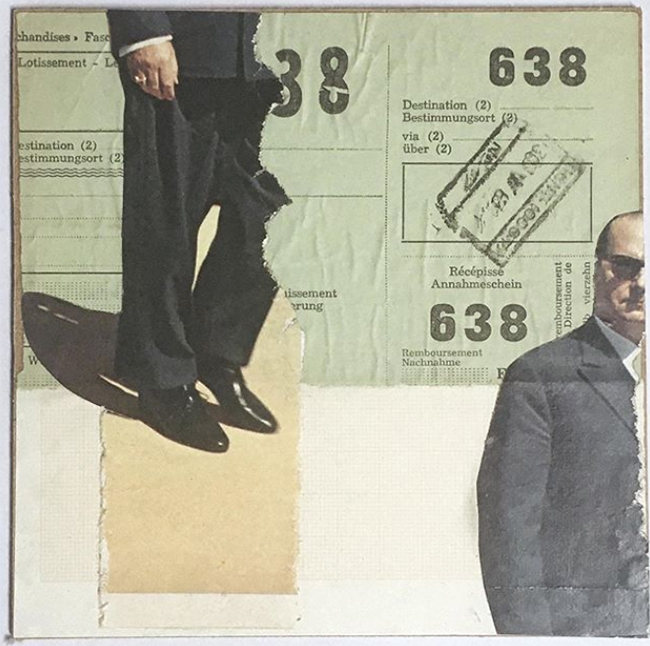
I grew up in Stuttgart where I studied at the Kunstakademie: graphic design with a focus on illustration. I had an absolutely fantastic professor: Heinz Edelmann. He was the creative director of Yellow Submarine (the Beatles movie), and designed, for example, the green Lord of the Rings covers. He taught me that the lines between different forms of creative expression, like illustration, painting, collage or art, only exist in our heads. For me, collage is the medium in which everything comes together.
You are a graphic designer and illustrator and you do photography. What exactly attracts you to collage?
I started to take collage seriously quite late, and I’ve experimented a lot. What fascinates me is working with predefined or foreign elements, because as an illustrator you normally create everything yourself from scratch. Collage depends a lot on already existing materials, and that’s exciting: it’s not just me alone who decides the outcome, but also all the pieces of paper that I have in front of me. It’s like entering a whole new world every time. I only figured out my thing, what worked for me, about two years ago. It’s a certain colour scheme – you could maybe call it retro, mostly muted colours with a few accent colours here and there – and photos and often typography. You can tell what background I’m coming from.
How would you describe your collages and your style?
That’s difficult. To assess yourself in general is difficult, but it’s also because I’m still searching. So even though I’ve found something you could call my style, I still want more and to go further. Fortunately there is Instagram and a lot of excellent collage artists that provide daily inspiration.
It’s definitely not just about something being nice or pretty, it’s more about being expressive. I work a lot with contrast or tension that can be created with either colour or composition. Usually I only use a few visual elements, so my style is rather pure or minimal. I’d like to incorporate more painted elements, but more often than not I need to work quickly and without creating too much of a mess around me. For example, I often create lunchtime collages – in 15 minutes during my lunchbreak – and for that I have a very limited choice of materials I can use. Which in itself can be a very positive challenge.
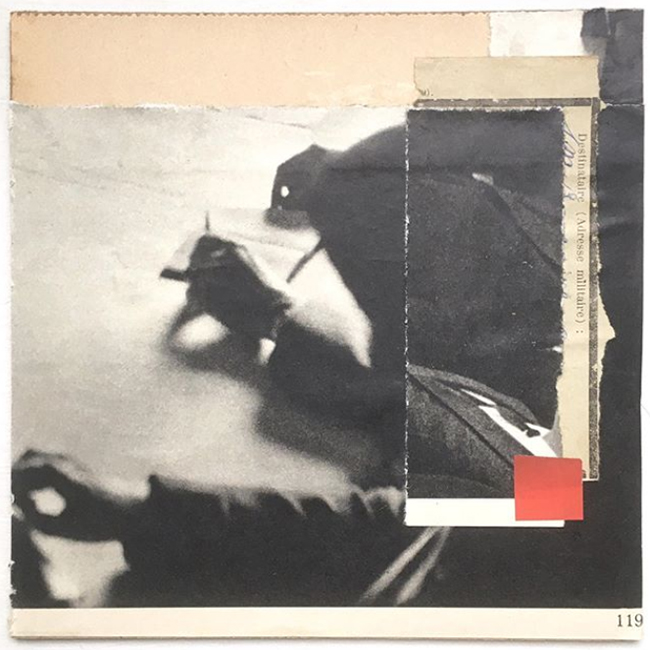
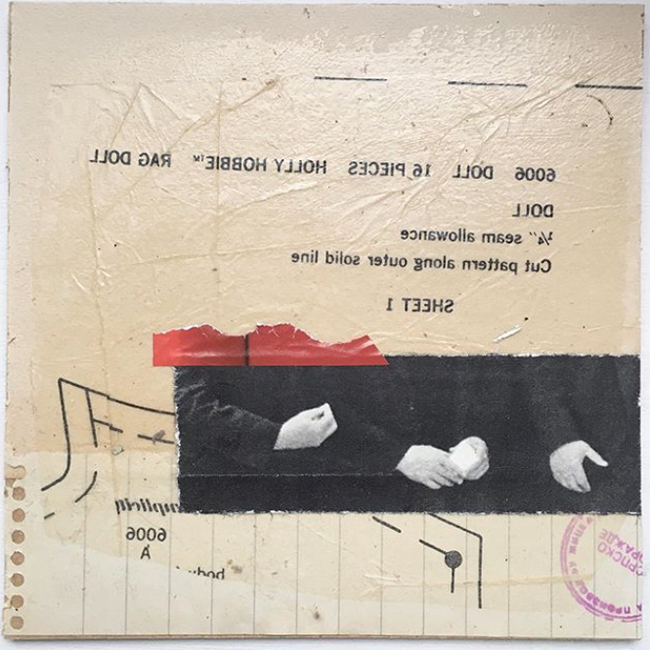

In an earlier conversation, you described your collages as rather masculine. Would you care to elaborate on that?
As I said before, I’m a big fan of Instagram when it comes to keeping up with the collage community. And when I compare myself to what I see there, I simply see more similarities to the work of male artists. At least when it comes to my recent work which is rather strict or minimal. But maybe at one point there will be a more light-hearted phase again, which is what I associate with female. In any case, my comment wasn’t meant in a judgmental way.
I didn’t understand it as judgmental or critical. On the contrary. I thought it was an interesting way to describe yourself. In my experience, men – and I know I’m oversimplifying this – often find it easier to own strong adjectives like that, whatever they may be, whereas women often struggle with it. Does that resonate with you? I myself definitely find it hard to own my own words quite often.
Ah, that’s a nice way to put it, to own an adjective. Maybe I can put it like that: when I see female collage artists, I admire the ease, harmony and elegance of a lot of their work. I’m very drawn to that, but I also always look for new and different ways to express myself. And the things that I myself call masculine – expressivity, simplification, clarity and maybe even a certain form of roughness or ugliness – is what motivates my own work more at the moment. Maybe the English expression bold describes it better. We don’t really have a good equivalent for that in German. Maybe men don’t just own adjectives, in a way they also own space differently. Maybe that’s why they are more successful in the art market. But that’s another topic altogether.
Graphic designers are often considered commercial artists at best, artisans at worst. Where do you see yourself? Artist, artisan, or both depending on what you do?
Artist is a big word, and one I don’t use often. I differentiate. Graphic design, illustration and photography are the things I do for a living. So for me, they really do fall in the category of craft rather than art. Collage is something entirely different for me, and yes, to me, it’s art, even though it lacks public recognition as an art form. That said, alone in my study I don’t really feel like an artist. But it’s always great to exhibit with other collage artists. Collage has so many sides to it, more so than many other art forms, and I think it’s strongest when all the different facets and techniques of different artists are shown together.
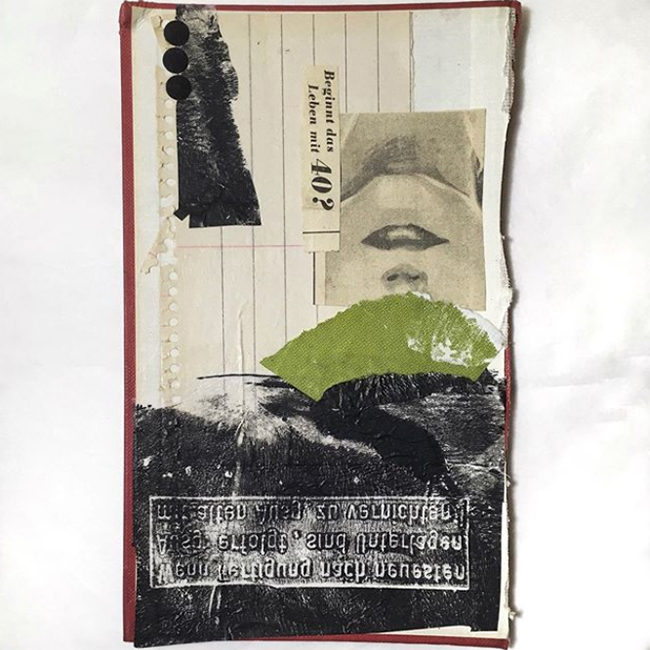


Germany has quite a long collage tradition. Do you have the feeling that there is a growing recognition of collage as art, or is it still caught in more of a niche?
I feel there is a general lack of recognition. Again and again I’ve been told that collage isn’t art. Maybe it is sometimes too close to craft. But I think that collage is a very contemporary form of expression, and that many collage artists transmit clear and often political messages. I myself often use materials from the 50s. When I flip through old magazines, I’m right in the middle of the contrast and conflict between now and then. And I’m often surprised how similar the issues are – from ecological dangers and fascination with technology to ads for weight loss or more masculinity. Surprisingly few things have changed. And when I use these elements in my collage work, it can subtly add irony and a bit of contemporary criticism.
Are you working on anything exciting at the moment? Do you have any plans for the coming year or for collaborations?
I’ve been thinking about starting an online collage magazine since last summer, when we had this fantastic World Collage Atlas exhibition at the Verbeke Foundation in Belgium. So far, I haven’t found the time, but it’s definitely on the list for the coming year. Seeing that collage doesn’t yet have the recognition it deserves, maybe we need to create more platforms from where we can reach people and talk about collage.
I also still have two halves of a collaboration waiting for my contribution, and generally I’d be happy if there was more networking and connection among collage artists.

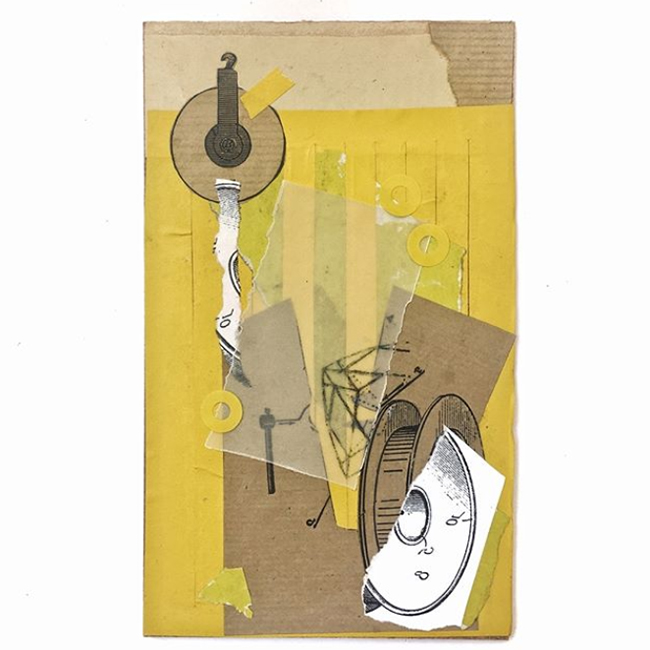
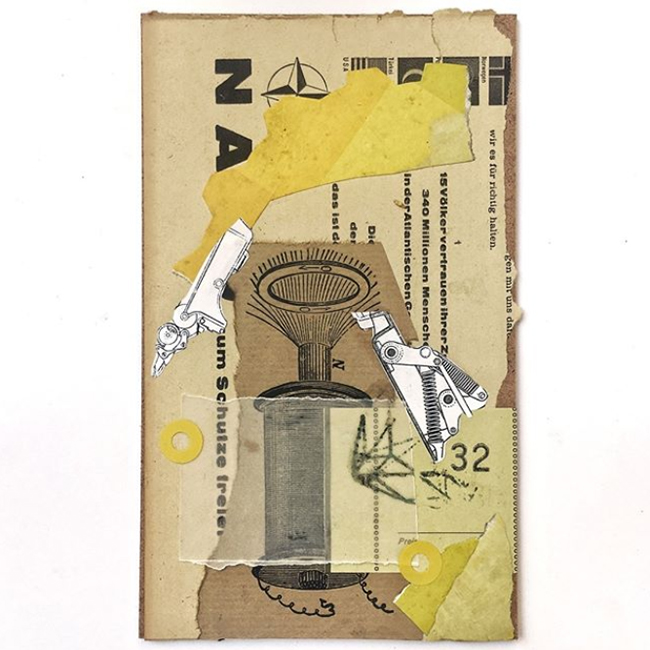
Complete change of topic, is it important, in general or to you personally, to try things that you’re not good at?
Not in the sense that I consciously go out there to look for challenges. My life is adventurous enough as it is. But as I said before, I’m fascinated by the versatility of collage. That’s why I will continue to search and to try new things, and to fail again and again, but to continue nevertheless to learn something new. You could say the journey is the destination, and when one collage is done, there will always be another, possibly perfect collage waiting to be made out there.
What recommendation would you give someone just starting out with collage?
Just to start and to keep going. I can really recommend Instagram to find tons of inspiration. Learning from the masters has never been so easy. And one day, you’ll find your own style. The nice thing about collage is that a lot of things and ideas can develop from whatever source material you’re surrounded by on your table. That’s why I would give one proper piece of advice: get a box for paper snippets and start collecting. Whenever I’m out of ideas, I reach into my snippet box and spread everything on my table… and usually while still doing this, the first ideas for collages already start to jump out.
Katrin Klink Instagram
interview: Petra Zehner